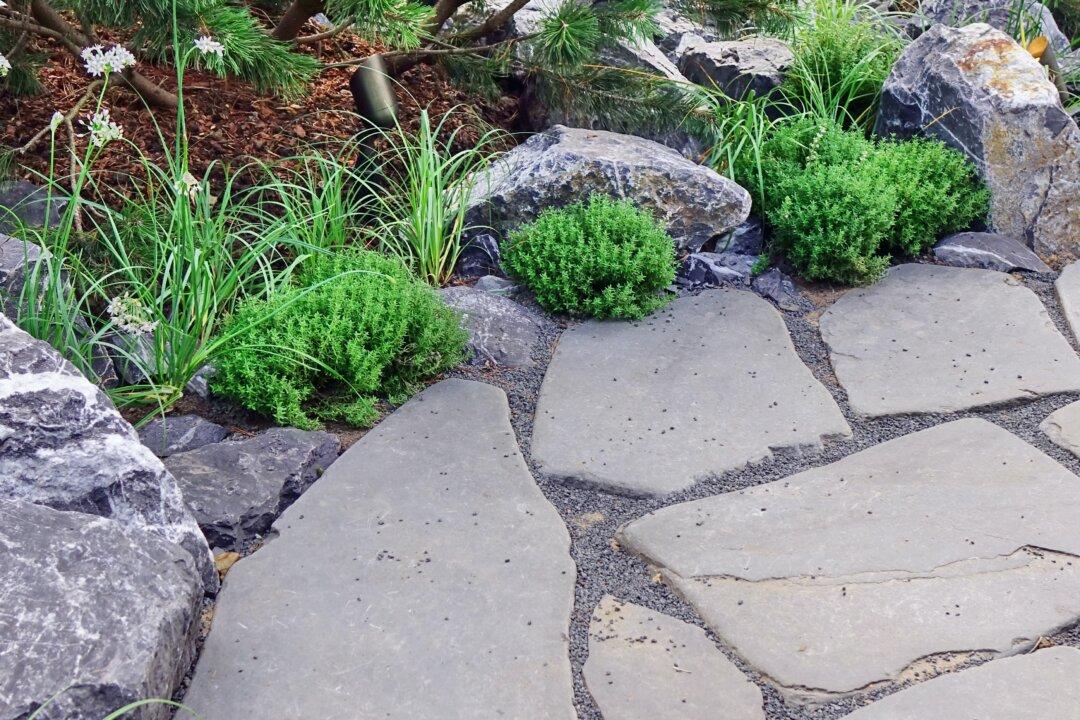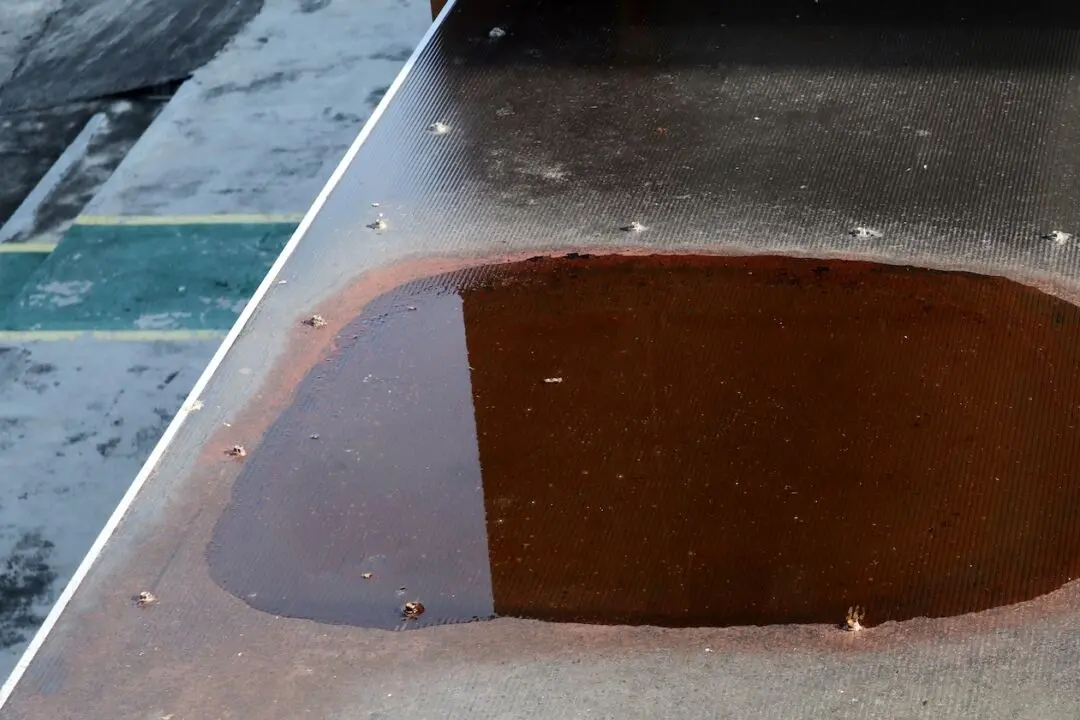Dear James: My perennial garden has grown up and I need to make some access pathways through it. What is the best method to lay an attractive stone pathway?—Kim H.
Dear Kim: It is not difficult to build an attractive, natural-looking garden pathway yourself. Many pathway materials are available, such as bricks and special pavers, but natural stone complements a flower garden more than the other man-made materials.





